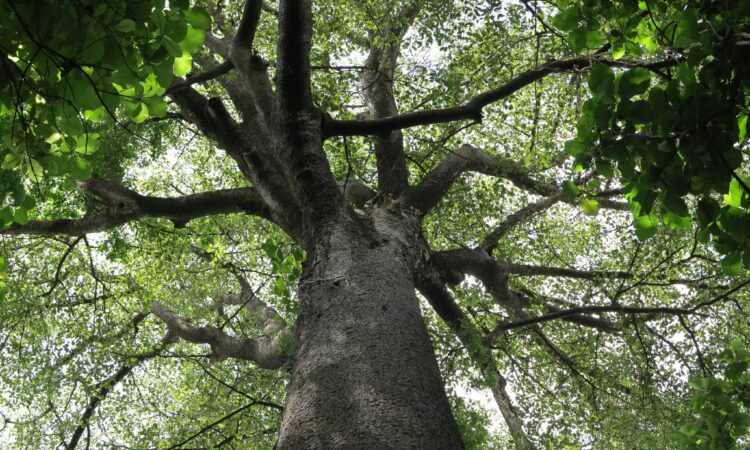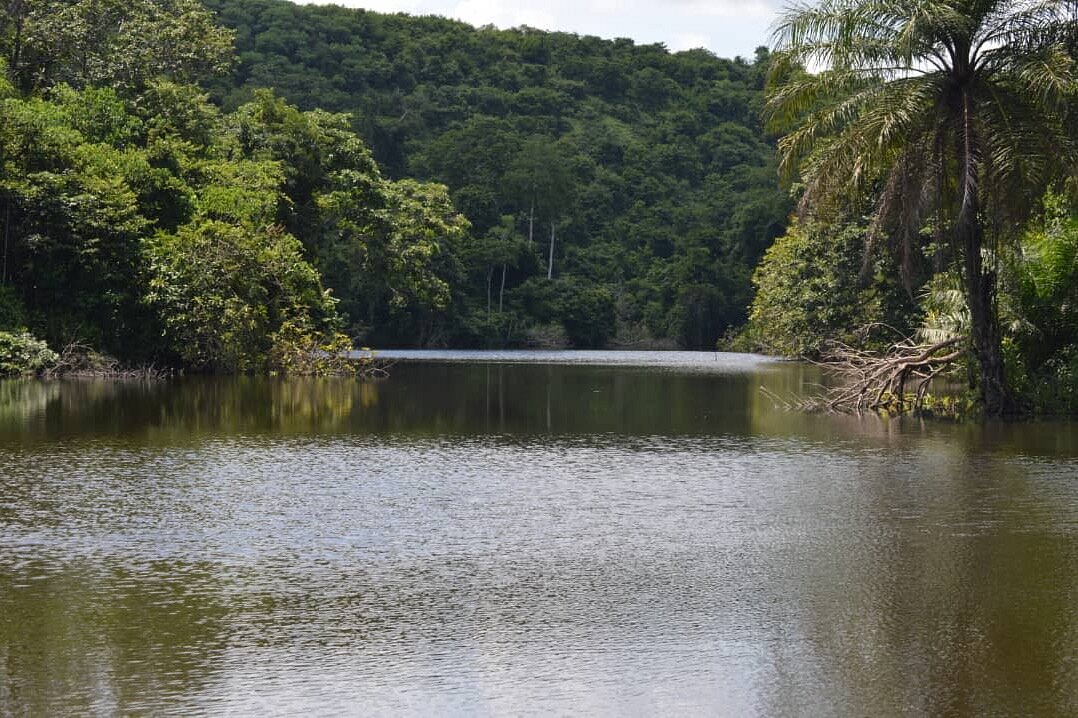List of forest reserves and natural forest reserves in Tanzania

Tanzania’s forest reserves and natural forests are vital ecosystems that harbor rich biodiversity, offering sanctuary to numerous species, including endemic flora and fauna. Tanzania is home to more than 12 Nature Forest Reserves such as Chome, Magamba, Nilo, Amani, Mkingu, Uluguru, Kilombero, Udzungwa scrap, Rondo, Rungwe, Minziro, and Hanang among others. These reserves play essential roles in climate regulation, water conservation, and supporting local communities while fostering ecotourism and sustainable development.
Rau Nature Forest Reserve
Rau Nature Forest Reserve is situated about 3km from Moshi Town in the Kilimanjaro region, nestled on the gentle south-facing alluvial slope on Mount Kilimanjaro. It spans an altitude between 750 and 765 meters, presenting a unique natural environment. The reserve is primarily characterized by groundwater forest, which includes a rich variety of vegetation types such as natural ground forest, swamp forest, and woodland forest.
Rau Nature Forest Reserve is famous for its rich biodiverse, hosting several large mammals, including the black-and-white colobus monkeys, blue monkeys, and Kirk’s dik-dik. Visitors can also encounter playful squirrels, colorful butterflies, dragonflies, antelopes, warthogs, milk spring water, and a variety of reptiles like the Nile monitor and lizards.
The reserve offers to its visitors amazing things to do such as nature walking, hiking, cycling, bird watching, butterfly watching, photographing and filming, animal viewing, research and studying, worshipping, viewing Rau River, Mt. Kilimanjaro, Moshi town and rice
Kilombero Nature Forest Reserves
The Kilombero Nature Forest Reserve stands as Tanzania’s largest forest reserve, encompassing an impressive area of 134,511 hectares. The reserve is known as an exceptional land of higher biodiversity and endemic flora and fauna. The reserves lie at the southern end of the Arc, nestling in the heart between the Udzungwa Mountains National Park and Uzungwa Scarp Nature Forest Reserve and extending across a series of forest-clad peaks. It straddles the Kilombero District in the Morogoro Region and Kilolo District in Iringa Region. With its heist peak, Nyumbanitu, reaching 2600 metres above sea level.
It was established in 2007 to conserve the area’s unique ecosystem and protect its exceptional biodiversity for future generations. The reserve is a haven for at least 400 plant species, and 150 bird species including the rare Udzungwa partridge, rufous-winged sunbird, Jameson’s firefinch, scaly spurfowl, tambourine dove, Livingstone’s turaco, green barbet, and moustached tinkerbird among others. The reserve is also home to big mammals such as elephants, lions, leopards, and buffalos.
Visiting this reserve offers you with the chance to engage in a number of activities such as Wildlife viewing, bird watching, hiking or trekking, research and educational tours, forest walk, camping, cultural, biking and photographing.
Pugu Hills Forest Reserve
Pugu Hills Forest Reserve officially known as Pugu/Kazimzumbwi Nature Forest Reserve (Msitu wa Akiba Pungu in Swahili), is a protected area situated in the Kisarawe ward of Kisarawe District in the Pwani Region of Tanzania. This forest bordered the Pugu ward of Ilala Municipal Council to the east and is adjacent to the Kazimzumbwi Forest Reserve. Together with Kazimzumbwi, Pugu Forest- previously referred to as Mogo Forest- forms part of one the of the oldest forests ecosystem in the world. The reserve is distinguished by its rich biodiversity, featuring a wide array of endemic animals and plants species that contributes to its ecological significance
The reserve, covering an area of 22 square kilomates, extends over a vast hilly landscape located southwest of Dar es Salaam, with the nearest inhabited area being Kisarawe.
The reserve is home to a variety of fascinating species such as dik-diks, common warthogs, African leopards, elephant shrews, mongooses, civets, galagos, side-striped jackals, black-backed jackals, and baboons. Additionally, the forest is home to alligators and colobus monkeys, alongside an impressive bird population consisting of over 80 bird species.
Visiting Pugu/kazimzumbwi Nature Forest Reserve offers you amazing safari activities to do such as Hiking, canoeing, bird watching, photographing, camping, worshiping, meditation, and trekking to viewpoints.

The Utalii West Kilimanjaro Forest
The Utalii West Kilimanjaro Forest Plantation, spanning 7,532.10 hectares, is located in the western region of Mount Kilimanjaro, within the Siha District of Kilimanjaro. As one of the 24 plantation forests enriched by adjacent natural forests, it serves as a vibrant ecotourism hub known for its diverse ecosystem hub known for its diverse ecological offerings. This area is famous for its biodiversity hotspot, with abundant both flora and fauna. The reserve is also renowned for its scenic mountain bike trails that lead to the beautiful Mikingamo Crater Cave and the striking snow-capped summit of Mount Kilimanjaro.
West Kilimanjaro Forest Reserve is known for its diverse range of animal species. the reserve is home to wildlife such as monkeys, baboons, white and black colobus monkeys, buffaloes, lesser kudu, gerenuk, bat-eared fox, spotted hyena, and elephants. Besides the wildlife, West Kilimanjaro Forest Reserve is also home to an impressive array of bird species. Some of the birds spotted here include Masai ostrich, Kori bustards, crested francolins, white-headed buffalo weavers, tawny eagles
While on your Tanzania safari adventure here, you will have the chance to engage in a number of activities such as swimming, bird watching, hiking, camping, research and excursion tours, bonfire/fire camp, photographing, acclimatization for mountain climbing, game drive tour, forest biking trails, Forest Motor Cross, meditation and worshiping at Kiboma hill peak, viewpoints, recreation and experiencing the pleasant beauty of mother nature.
Lake Duluti Nature Reserves
Lake Duluti Forest Reserve is situated in the northern part of Tanzania, within the Arumeru District of the Arusha Region. The reserve spans an area of 62.3 hectares, the lake reaches a maximum depth of 700 meters. Encircling the lake is a vibrant natural forest that contributes to its enchanting atmosphere.
One of the lake’s most captivating features is its stunning volcanic green water, which is unique due to the absence of any above-ground streams feeding into it. Instead, the lake is replenished by underground water flows, creating a serene and pristine environment.
The surrounding forest is rich in biodiversity, hosting a variety of wildlife, including reptiles such as green mambas and monitor lizards. Birdwatchers will delight in the presence of numerous species including grey herons, fish eagles, cormorants, ospreys, and kingfisher.
While on your Tanzania adventure safaris in this exciting reserve, you will have the chance to engage in a number of activities such as Kayaking, Sport Fishing, Bird Watching, Forest Walk, Picnic Camping, Filming, Photographing, and Worshiping Seclusion among others.
Nilo Nature Forest Reserve
Nilo is the second largest block of forest in the East Usambara, after Amani. It lies in the northwest part of these mountains and sits on a Y-shaped ridge system, with an eastern arm that extends near to Semdoe Forest Reserve and a western arm that looks across the Lwengera Valley to the West Usambara. A central ridge runs along its southern leg towards Derema Forest Reserve that abuts Amani Nature Forest Reserve.
Nilo Nature Forest Reserve was established in 2007 to conserve the area’s unique ecosystem and protect its exceptional biodiversity for future generations. The reserve covers an area of approximately 62 square kilometers of the East Usambara Mountains.
The reserve is a haven for almost 800 species of plants, including eight African violet species, and 100 species of birds, such as the rare Banded green sunbird and the Red-capped Forest warbler. On your lucky visit, you might also have the chance to encounter Angolan pied colobus, a Usambara three-horned chameleon, or a Zanj elephant shrew. Amazingly, the reserve is surrounded by 17 villages.
While on your Tanzania safari in this reserve, you will have the opportunity to participate in a number of tourist activities such as hiking, camping, birding, and cycling among others.
Minziro Nature Forest Reserve
Minziro Nature Forest Reserve covers approximately 248.41 square kilometers of the conservation area along the Kagera River and has a boundary length of 80 km. It protects one of the largest forests in Tanzania, a forest type that is unique in the country. Minziro was first designated a Forest Reserve in 1947 and re-gazetted in 2016 as Minziro Nature Forest Reserve. It is situated at an elevation of around 1,150 m (3,770 ft).
More so Minziro Nature Forest Reserve is located in Missenyi District in Kagera Region, approximately 20 km from Lake Victoria. The forest is continuous with the Malabigambo Forest over the nearby Uganda border. Minziro Nature Forest Reserve is renowned for its bird population. Some of the birds spotted here include Yellowbill, Blue-breasted Kingfisher, Purple-throated Cuckoo Shrike, Grey-headed Sunbird, and Blue-shouldered Robin-Chat.
Visiting the reserve introduces you to a variety of exciting tourist activities such as bird watching, hiking, camping, Nature viewing, cultural and spiritual practices of Wahaya and Baganda, photographing, research, educational tours, and excursions.
Besides the above-mentioned nature reserve, Tanzania is home to other forest and nature forest reserves such as Amani nature forest reserve, mount Longido nature reserve, Biharamulo forest reserve, kazimzumbwi forest reserve, Vikindu nature reserve, Kilombero forest reserve, Mwambesi nature forest reserve, west Kilimanjaro Forest reserves, chemichemi forest reserve, mount Hanang forest reserve, mount Rungwe forest reserve and Udzungwa scarp forest reserve among others.


